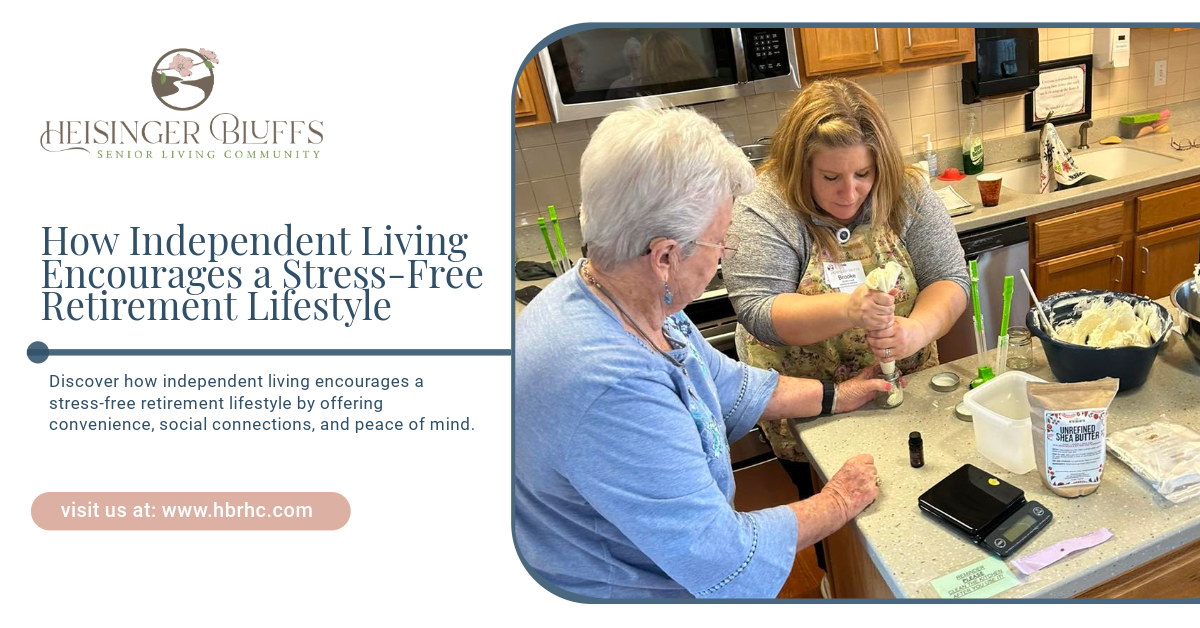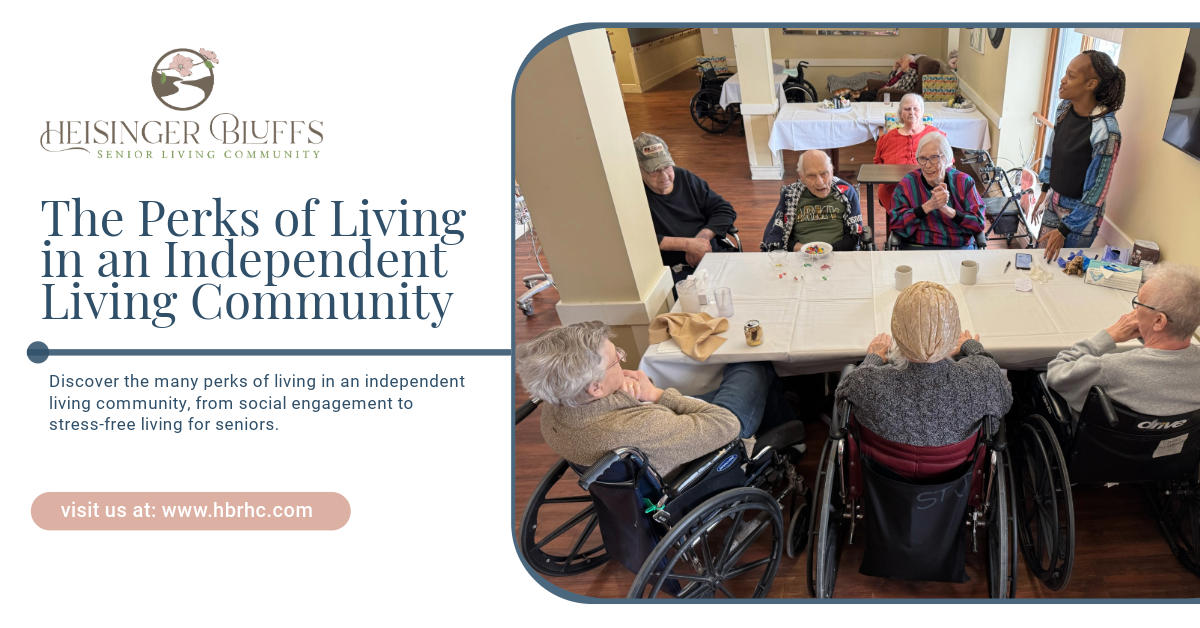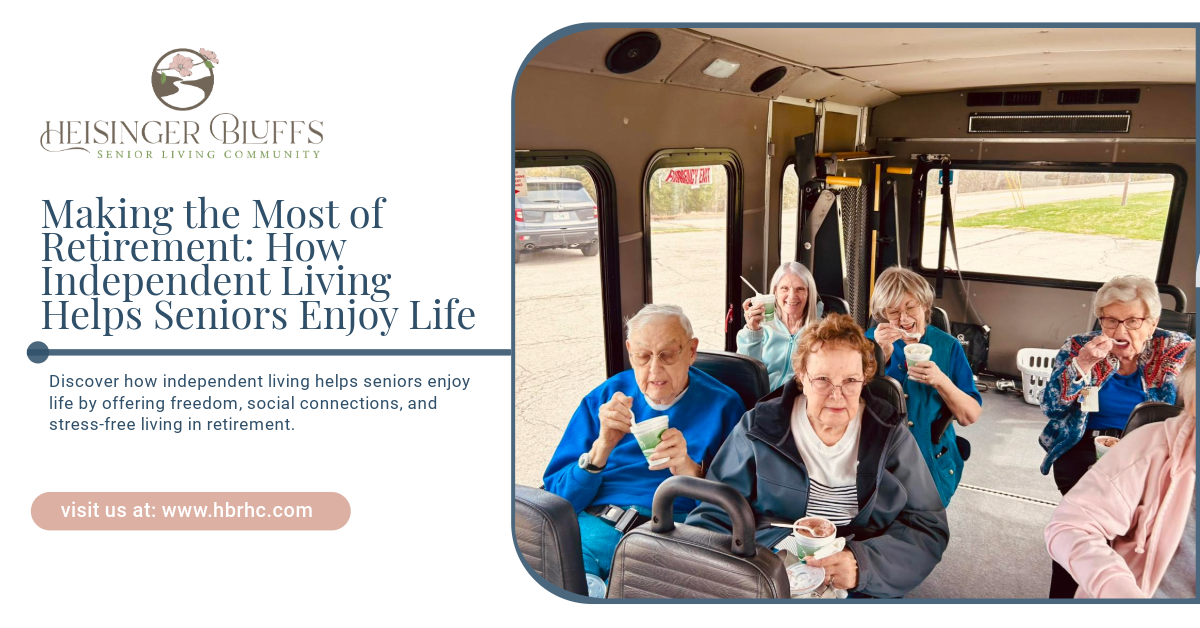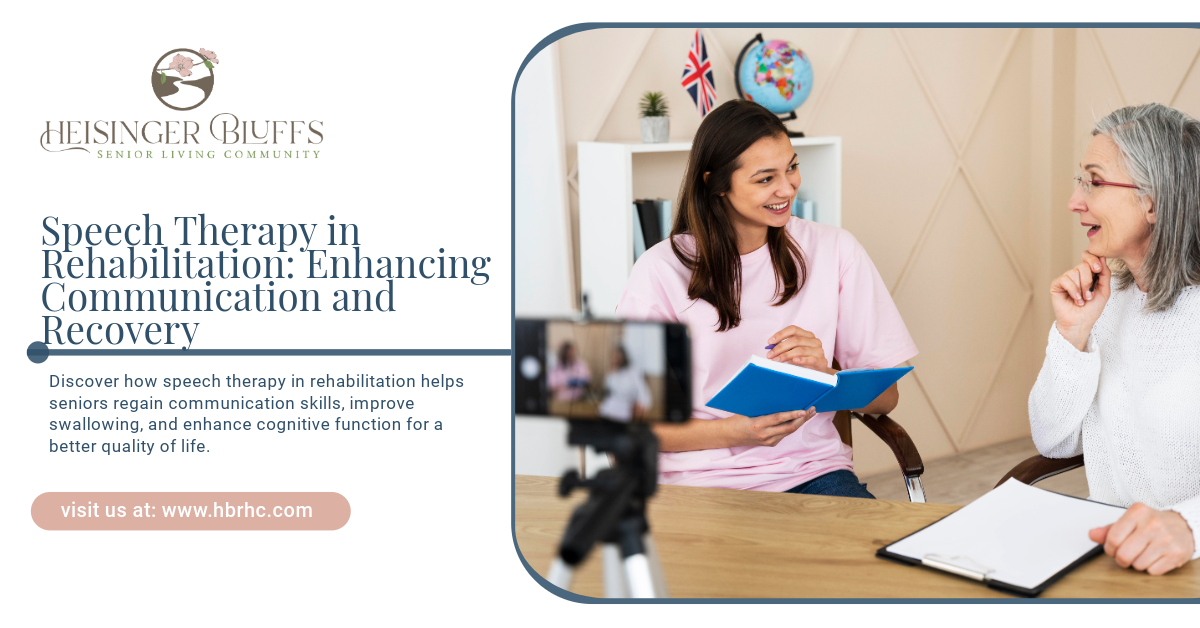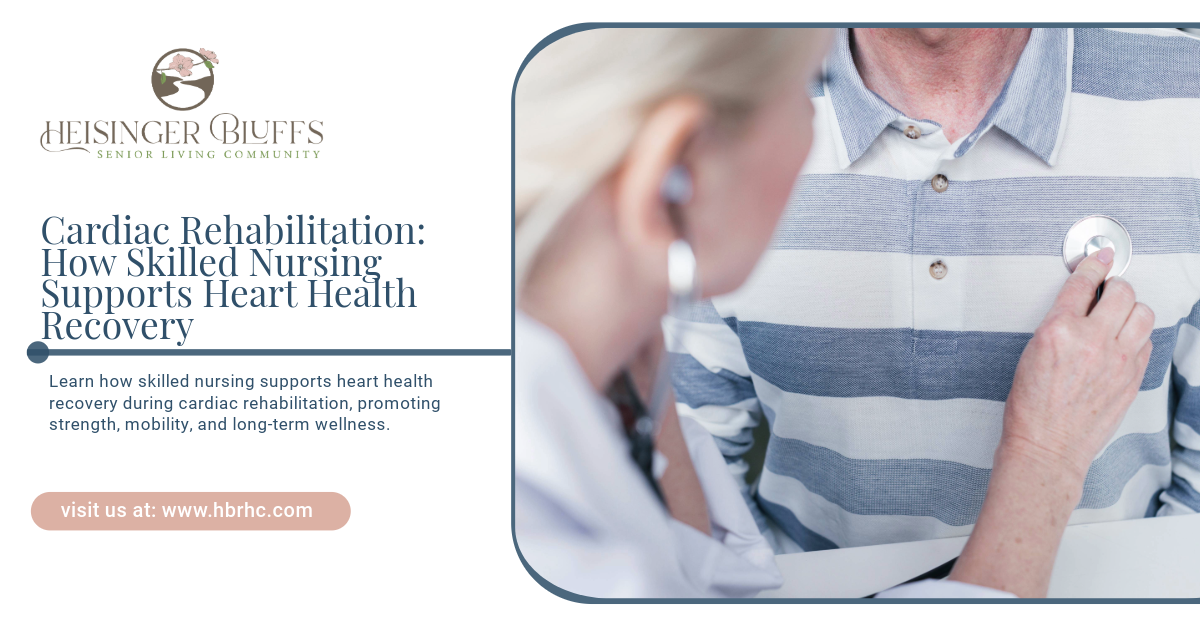Get in touch
Safety and Security in Assisted Living Communities in Jefferson City, MO: What Families Should Know
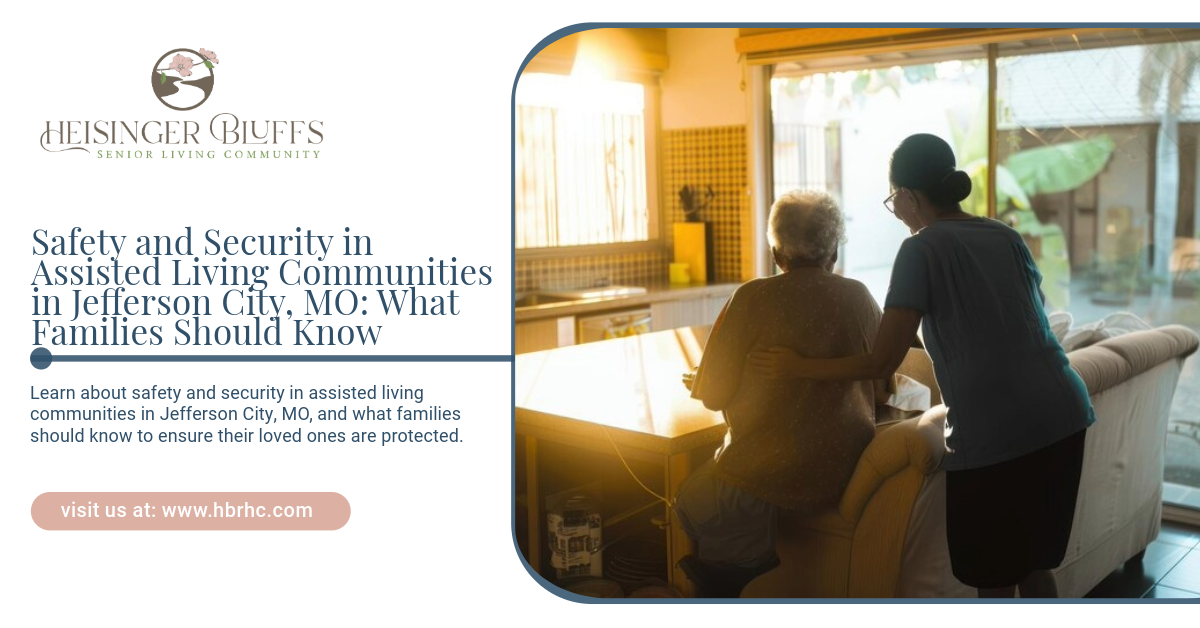
When it comes to choosing an assisted living community for a loved one, safety and security are top concerns for families. Ensuring that seniors are protected in their living environment is essential for their well-being, especially as they may face challenges such as mobility issues, cognitive decline, or the need for ongoing medical attention. In Jefferson City, MO, assisted living communities are designed to provide peace of mind through comprehensive safety measures and round-the-clock care.
This article will explore the key safety and security features families should consider when selecting an assisted living facility, as well as the benefits these features offer to both residents and their families.
Why Safety and Security Are Essential in Assisted Living
As individuals age, their need for a safe and secure living environment increases. Seniors may experience difficulties with mobility, memory loss, or chronic medical conditions that make it challenging to live independently. Assisted living communities are designed to address these concerns by providing a range of safety measures, ensuring that residents can enjoy a high quality of life while staying protected.
Common Safety Concerns for Seniors
Several factors make seniors more vulnerable to accidents or injuries, including:
- Falls: One of the most common risks for seniors is falling, which can lead to broken bones, head injuries, and other complications.
- Medication Management: Seniors may struggle to manage their medications, leading to missed doses or accidental overdoses.
- Cognitive Decline: Conditions such as dementia or Alzheimer’s disease can cause confusion or wandering, increasing the risk of getting lost or injured.
- Health Emergencies: Seniors may face sudden health issues such as heart attacks, strokes, or respiratory problems, which require immediate medical attention.
These concerns highlight the importance of choosing an assisted living facility with robust safety and security measures in place.
Trained Staff Available 24/7
One of the primary safety features of assisted living communities is the presence of trained staff who are available around the clock. This ensures that residents receive immediate assistance if they experience a fall, medical emergency, or other safety concern. Caregivers in assisted living facilities are trained to respond quickly to emergencies, administer first aid, and coordinate with medical professionals when needed.
1. Personalized Care Plans
Each resident in an assisted living community is typically provided with a personalized care plan that outlines their specific needs. This might include medication management, assistance with mobility, or monitoring for signs of cognitive decline. These individualized plans allow staff to provide targeted care and support, ensuring that residents receive the appropriate level of attention.
2. Emergency Response Systems
Most assisted living communities are equipped with emergency response systems, such as call buttons or wearable devices, that residents can use to alert staff in case of an emergency. These systems are typically available in residents’ rooms, bathrooms, and common areas, providing peace of mind that help is always just a button away.
Secure Building Design
Assisted living communities are designed with safety and security in mind. From the layout of the building to the materials used, every aspect of the facility is planned to reduce the risk of accidents and enhance security for residents.
1. Fall Prevention
Falls are a significant risk for seniors, so assisted living facilities take steps to minimize this danger. Many communities feature non-slip flooring, handrails in hallways and bathrooms, and well-lit areas to prevent accidents. Some also offer mobility aids, such as walkers or canes, to help residents move around safely.
Additionally, common areas and outdoor spaces are designed to be easily navigable, with level pathways and ramps where needed. This allows residents to enjoy their environment without worrying about tripping or falling.
2. Secure Entrances and Exits
To protect residents from wandering or unauthorized visitors, assisted living communities often have secure entrances and exits. These may include keycard access, security cameras, or 24/7 security personnel who monitor the building. For seniors with cognitive impairments, such as dementia, secure access points ensure that they cannot accidentally leave the facility and become disoriented or lost.
3. Fire Safety Measures
Fire safety is a critical component of any living environment, and assisted living communities are no exception. Facilities are equipped with fire alarms, sprinkler systems, and clearly marked evacuation routes to protect residents in the event of a fire. Staff are trained in fire evacuation procedures and conduct regular fire drills to ensure that residents and staff know how to respond quickly and safely in an emergency.
Health and Wellness Monitoring
Another key aspect of safety in assisted living is health and wellness monitoring. As seniors are more susceptible to health complications, regular monitoring by healthcare professionals can help prevent emergencies and ensure that residents receive timely medical care when needed.
1. On-site Medical Care
Many assisted living communities have on-site medical professionals, such as nurses or nurse practitioners, who can provide routine health checks, administer medications, and offer medical advice. Having healthcare professionals available within the facility allows residents to receive medical attention quickly without having to leave the premises.
2. Medication Management
Medication errors, such as taking the wrong dosage or missing a dose, are common among seniors. Assisted living communities offer medication management services to ensure that residents take their medications correctly and on time. Staff members are responsible for organizing medications, providing reminders, and monitoring for side effects or adverse reactions. This service is particularly important for seniors with multiple prescriptions or complex medical needs.
3. Wellness Programs
Many assisted living facilities offer wellness programs designed to promote physical and mental health. These may include exercise classes, physical therapy, or mental health support services. Regular physical activity can reduce the risk of falls, improve mobility, and enhance overall well-being, while mental health support can help residents cope with anxiety, depression, or cognitive decline.
Social Engagement and Mental Well-being
While physical safety is essential, emotional and mental well-being are equally important. Assisted living communities promote social engagement and mental health through a range of activities and programs that help residents stay connected and active.
1. Group Activities and Events
Loneliness and social isolation can have a significant impact on seniors’ mental health. Assisted living communities offer a variety of group activities and events, such as game nights, arts and crafts, exercise classes, and outings in Jefferson City. These activities encourage residents to socialize with their peers, form new friendships, and stay mentally stimulated.
2. Mental Health Support
Many assisted living facilities provide mental health support services to help residents manage anxiety, depression, or cognitive challenges. Staff members are trained to recognize signs of emotional distress and can offer counseling or connect residents with mental health professionals when needed.
By fostering a sense of community and offering emotional support, assisted living facilities help residents maintain a positive outlook and improve their overall quality of life.
Family Involvement and Communication
A crucial aspect of safety in assisted living is maintaining open lines of communication between residents, staff, and family members. Families want to know that their loved ones are safe, healthy, and happy in their new environment.
1. Regular Updates
Assisted living communities often provide families with regular updates on their loved one’s health, well-being, and participation in activities. These updates may include phone calls, emails, or meetings with caregivers to discuss any changes in the resident’s condition or care plan. Keeping families informed helps ensure that everyone is on the same page and that the resident’s needs are being met.
2. Family Visits and Participation
Most assisted living communities encourage family members to visit and participate in the life of the community. This might include attending special events, joining residents for meals, or simply spending quality time together. Family involvement is important for maintaining emotional well-being and ensuring that residents feel supported by their loved ones.
3. Emergency Communication
In the event of an emergency, assisted living facilities have protocols in place to notify family members immediately. Whether it’s a health emergency, a fire, or another urgent situation, families can trust that they will be contacted right away and kept informed of any developments.
Conclusion: Prioritizing Safety and Security in Assisted Living
Safety and security are paramount in assisted living communities, providing residents with the peace of mind they need to enjoy their golden years. From trained staff and secure building designs to health monitoring and social engagement, these communities are equipped to meet the physical, emotional, and mental needs of seniors.
For families looking for a safe and supportive environment for their loved ones, Heisinger Bluffs offers a comprehensive approach to senior care, ensuring that residents receive the highest level of protection and support in Jefferson City, MO.



Want to know more?
We will get back to you as soon as possible.
Please try again later.
You May Also Like To Read
Heisinger Bluff’s Life Plan Community is here to make your senior years safe, stimulating and enjoyable so that you can savor the present, knowing the future will be taken care of.
QUICK LINKS
CONTACT
©2024. Heisinger Bluffs. All rights reserved.


